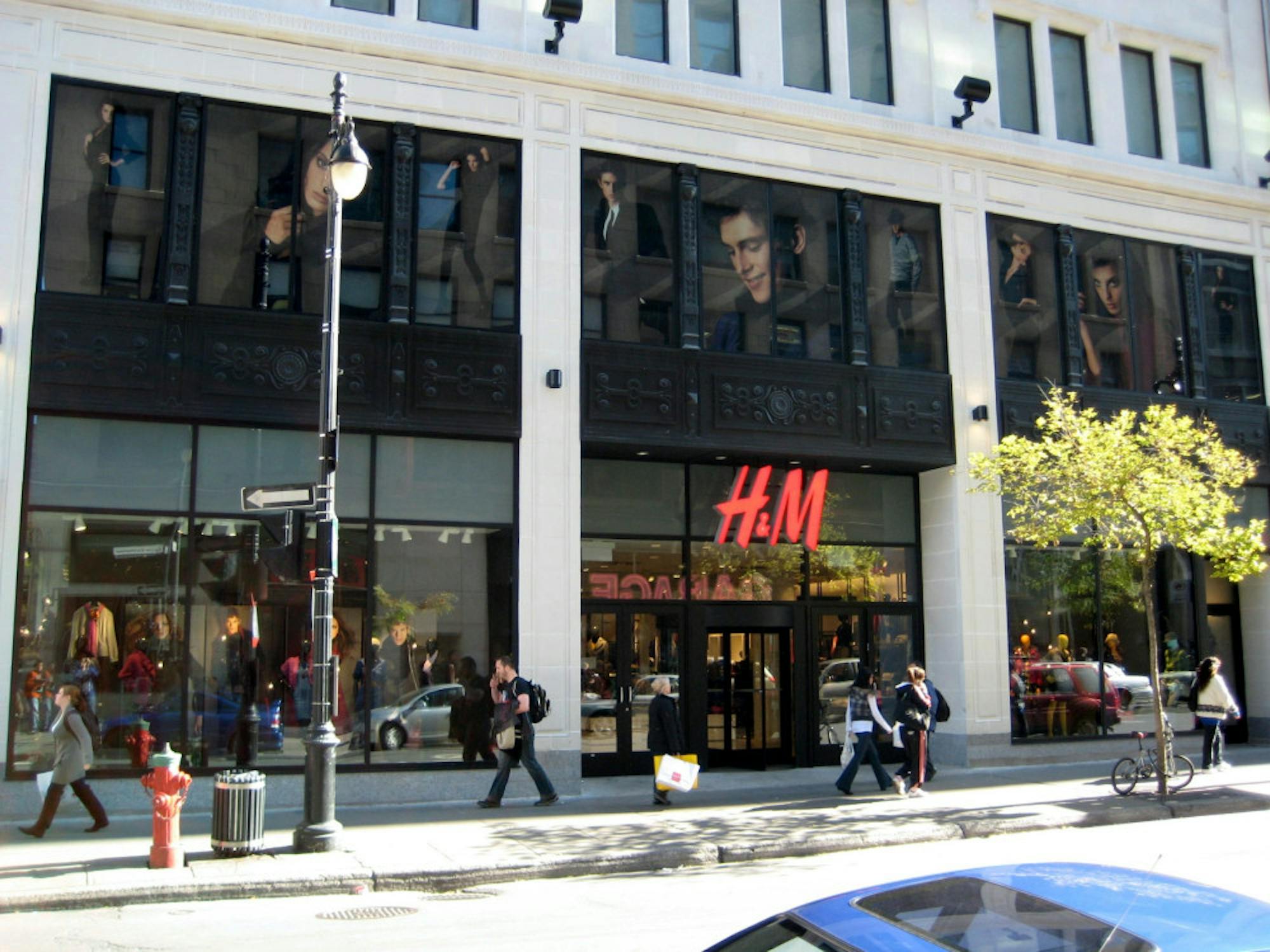With empty malls and vacant parking lots, this year’s Black Friday was starkly different from years past. Instead of the usual long lines and frenzied crowds of shoppers, most sales this year moved online due to the COVID-19 pandemic. In fact, it was the second-largest day of online shopping in U.S. history after last year’s Cyber Monday. Nevertheless, apparel sales are expected to decrease by as much as 28%–38% by the end of the year, making it one of the industries hit hardest by the pandemic. Thankfully, this seemingly detrimental trend may actually reflect a more positive shift away from fast fashion and its damaging effects.
Specifically, the term fast fashion refers to the incentive within the apparel industry to maximize profit by rapidly pushing out new, cheap designs. Unfortunately, this business model harms the environment, produces terrible working conditions and fosters a frightening obsession with materialism. Like many other issues that already raised concerns before the pandemic, fast fashion is becoming an even more flagrant problem in light of COVID-19.
For instance, where the pandemic has halted certain industrial activity, the fashion industry has been an exception. Fast fashion relies on global supply chains that outsource work in order to minimize costs. As lockdowns threatened the ability for factory workers to complete orders and as retailers predicted that consumer spending would decrease, retailers tried to cut their losses by canceling orders to factories. This left huge amounts of surplus material to waste. Groups such as theSustainable Apparel Coalition are urging companies to recycle as much as possible, but it is still likely that even more will beincinerated or sent to landfills than in a normal year.
Furthermore, while the industry has already treated low-level garment workers as expendable, many companies have refused to pay for canceled orders despite any work already done. Even in cases where there were not mandatory lockdowns, COVID-19 put retailers in a difficult position of either laying workers off or putting them at risk of infection. Workers have ultimately suffered the most in either situation, particularly those in lower-income countries in which there are many garment factories but a lack of health care systems and social safety nets.
On the consumer side, financial strain from the pandemic and limited in-store shopping have decreased spending, pushing consumers to reevaluate their contribution to an industry that creates so much harm. Even as consumers started spending more onhome entertainment andimprovement again, there was less incentive to buy new outfits without anywhere to wear them. People were already increasingly concerned about sustainability before the virus, but recent changes to their financial situation and social life accustomed many to buying less and thinking more before purchases. It will be interesting to see if these habits stick when the economy and opportunities for face-to-face interaction eventually bounce back.
One indicator may be the industry’s response. Although consumers influence the industry, the industry’s response to the virus will inevitably influence consumers’ lasting commitment to sustainability as well. Facing decreased revenue and strained global supply chains, many apparel companies are still purely in survival mode. This might lead one to expect that they would prioritize economic gain at the expense of environmental degradation even more. However, more sustainable brands were actuallybetter prepared to deal with COVID-19 thanks to having more local, resilient supply chains, less surplus clothing and more seasonless items. As a result, other companies may want to shift to follow their example in the long term.
This is noteworthy because fast fashion companies normally have a significant financial advantage over more sustainable ones. The whole industry is built to reward spending as little as possible on production, designing new collections for new trends all the time and feeding on the consumerist craze for more. By contrast, slow fashion produces only as much product as it can sell, prioritizes staple items to be reworn instead of quickly discarded and often produces locally with environmentally friendly processes even if that requires raising prices. The pandemic reverses this dynamic in which companies have to go against the grain to imagine a more sustainable industry. Instead, more sustainable brands now have the advantage in the market.
Despite the financial obstacles it creates for the apparel industry, the COVID-19 pandemic presents a unique opportunity to transform the industry for the better. Considering fast fashion’s significant implications for the environment, workers and the extreme materialist culture around which Black Friday revolves, it is imperative that both consumers and retailers capitalize on this momentum while they have the chance.






